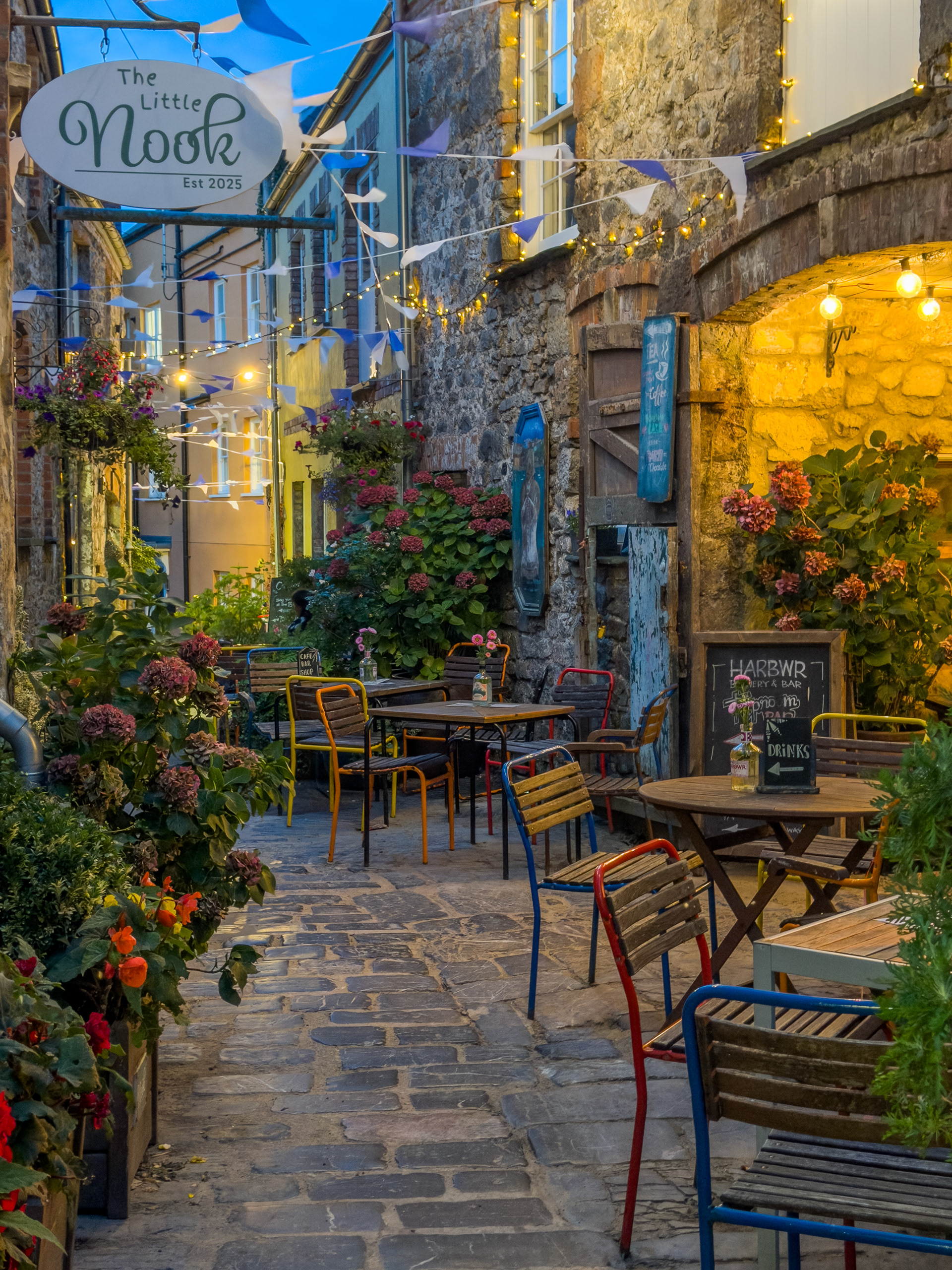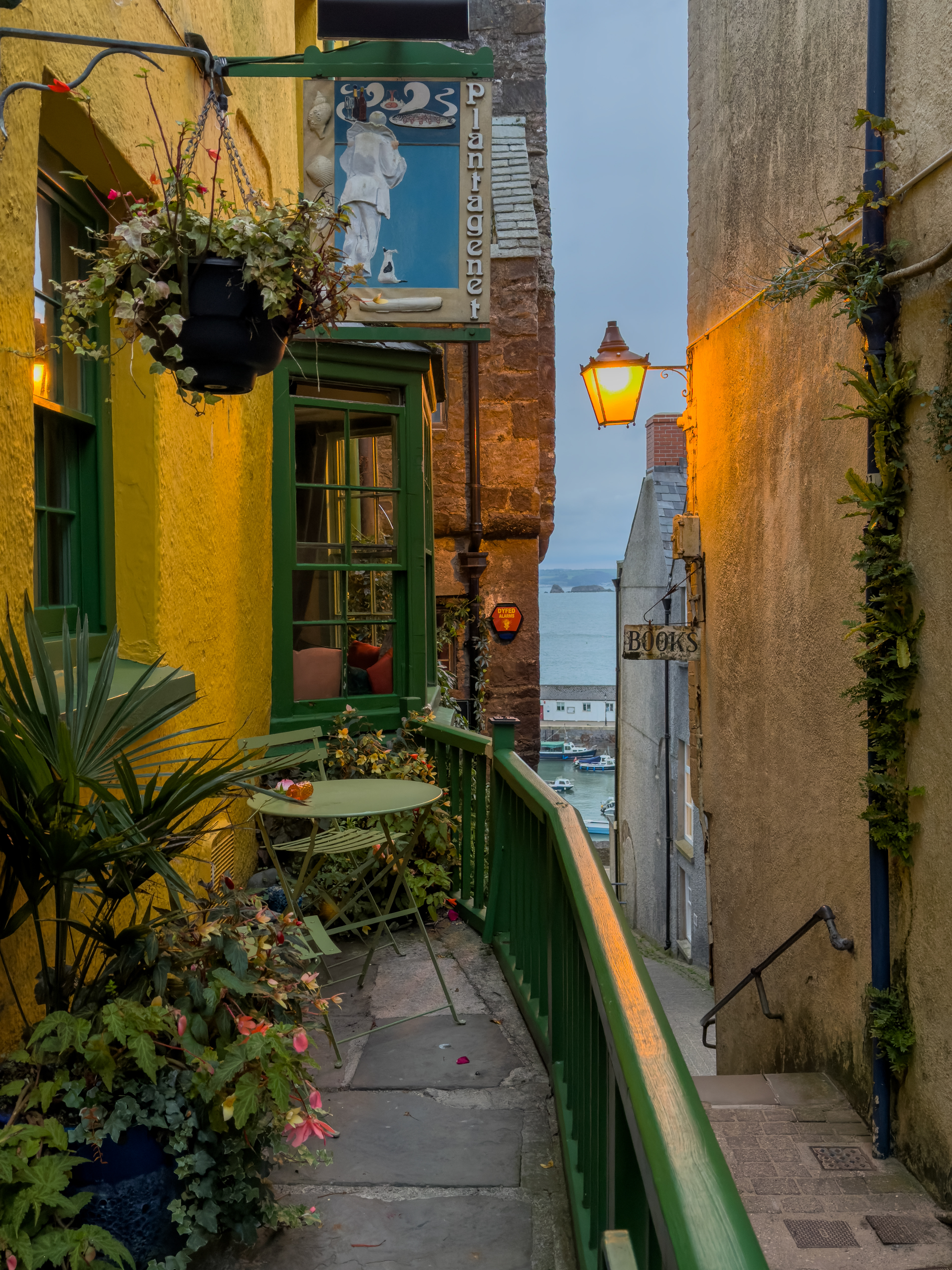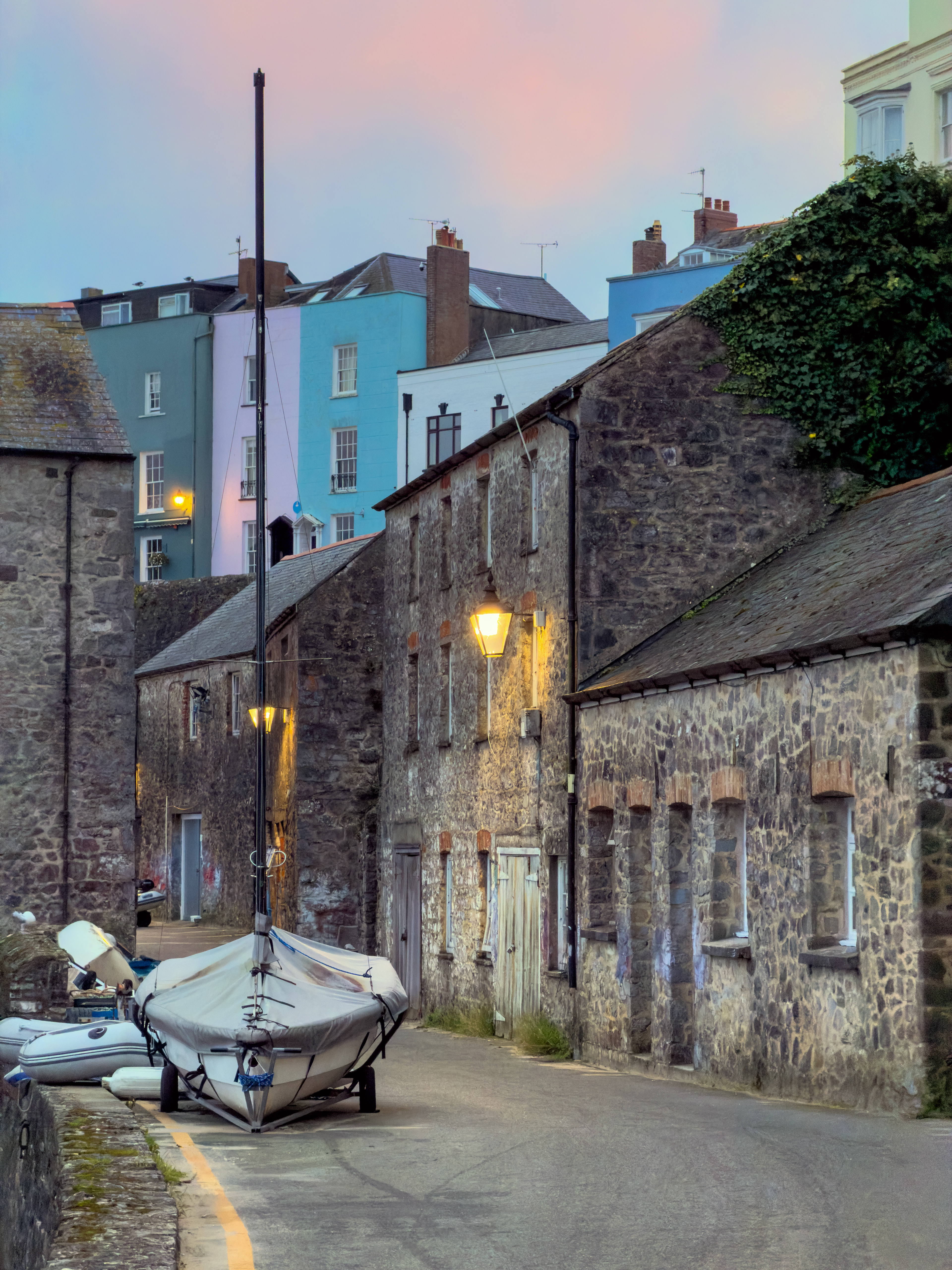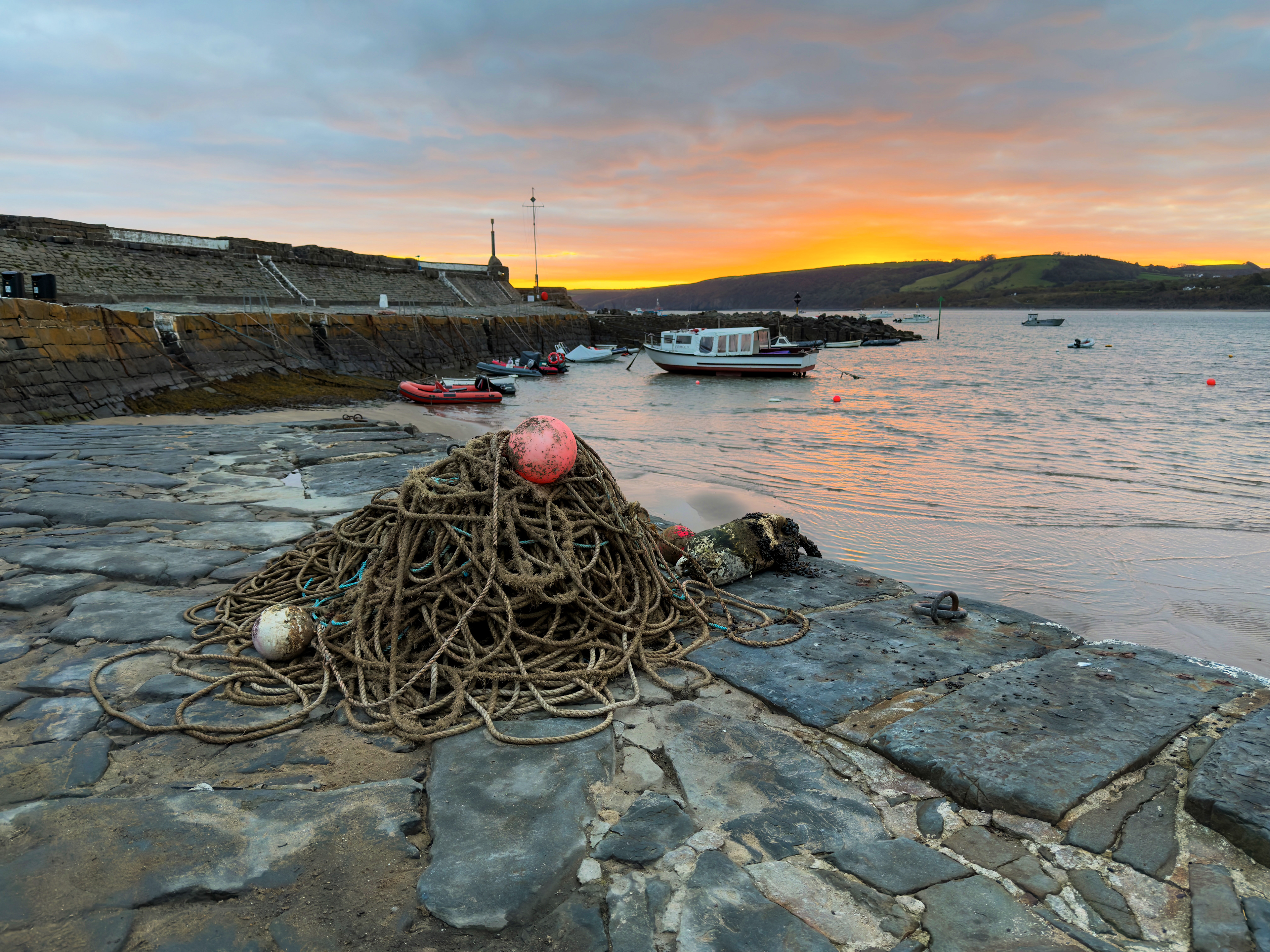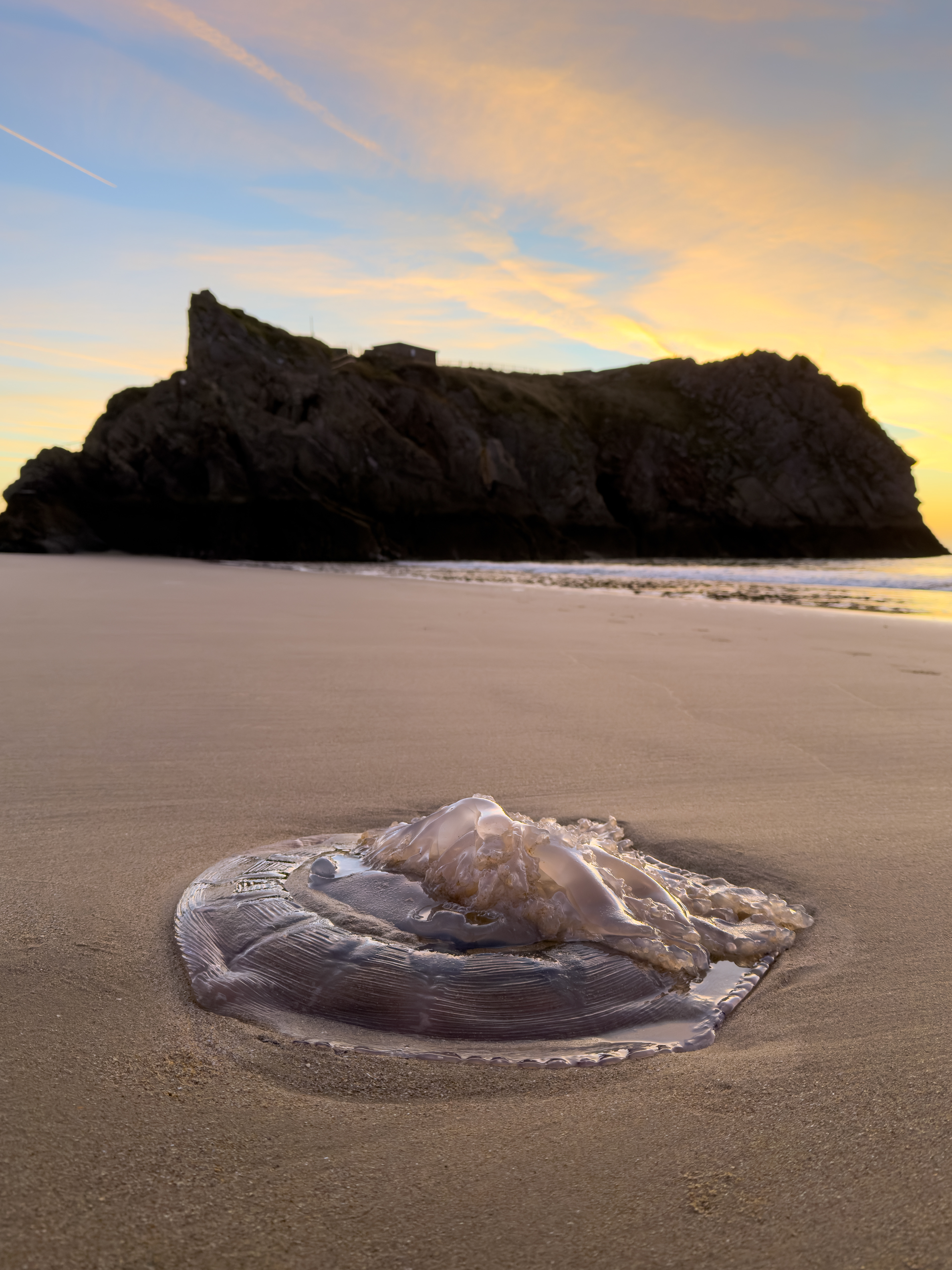Tenby Harbour after dark. 1x Camera (24mm) 48MP ProRAW
Low-light performance used to be the downfall of phone cameras, with excessive noise, blurry detail, and more frustration than reward. I remember those disappointments all too well. Fortunately, each new generation of smartphones has brought steady improvements in sensors, processing power, and image quality. Today's devices can reveal texture and tone with surprising clarity. Low-light photography has shifted from a weakness to a strength, and the results now feel far more acceptable.
I've been testing the iPhone 17 Pro Max during our road trip around South West Wales. From harbour views, blue-hour streets, and tide-washed sands at sunset.
Low-light on the iPhone 17 Pro Max already feels stronger than before, colours hold up, detail doesn't fall away so quickly, and the shadows stay cleaner. I found that Night Mode stepped in a little less often than on previous models, and when it did, the exposures were generally shorter. The computational processing also feels less aggressive than previously. That's just from my own shooting, but it feels like the improved sensor and processing let the phone handle borderline situations without leaning as heavily on Night Mode.
Night Mode is the iPhone's way of handling really dark scenes. It isn't something you can force on in bright light, the camera decides when conditions are dim enough and quietly goes to work. Instead of taking a single frame, it captures a burst of images, aligns them, and blends the best parts together. The result is a photo that looks brighter, with less noise and more detail in the shadows, while still keeping colours natural.
Fig 1. Night Mode icon appears in dark conditions
Fig 2. Night Mode can be turned off
Fig 3. An extended menu allows Night Mode control
Fig 4. Minimal adjustments to shadows and highlights
When Night Mode is available, its icon appears at the top of the Camera app (see Figure 1). It indicates how long the Auto exposure will take. Tap it once to cancel (Fig. 2), tap again to turn back on the Auto setting. Tap the Camera Controls button, shown as six dots in a grid, to bring up the extended menu (Fig. 3), where you can switch Night Mode to Off, Auto, or Max. Max extends the exposure to its longest setting; around ten seconds handheld, or up to thirty seconds when the phone recognises it's mounted on a tripod.
I mostly shoot low-light scenes in 48MP ProRAW because it gives me the highest detail and flexibility. Low-light scenes are tricky, with deep shadows and bright highlights. At 48MP, the files hold on to fine textures, and ProRAW keeps more of the colour and tone that can easily get lost. When I edit later (Fig. 4), I can bring out details in shadows and hold highlight detail. That confidence lets me focus on the composition, the atmosphere, and the moment, instead of worrying whether the iPhone can handle the dark.
The files are big, and not every shot needs them, but in low-light, I'd rather capture as much detail as possible. Shooting this way makes me more deliberate, and it means I've got the best possible file to work with if I want to print or return to the image in the future.
The iPhone 17 Pro excels at low-light due to its 48MP cameras, large sensors, and advanced image stabilisation, with Night Mode automatically capturing brighter, detailed photos. I was impressed with images taken on all three cameras. Below are a selection of low-light images taken on the trip. All images are 48 MP ProRAW JPEG-XL Lossy format.
